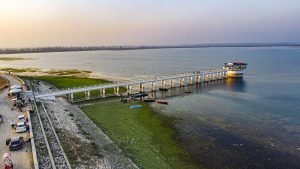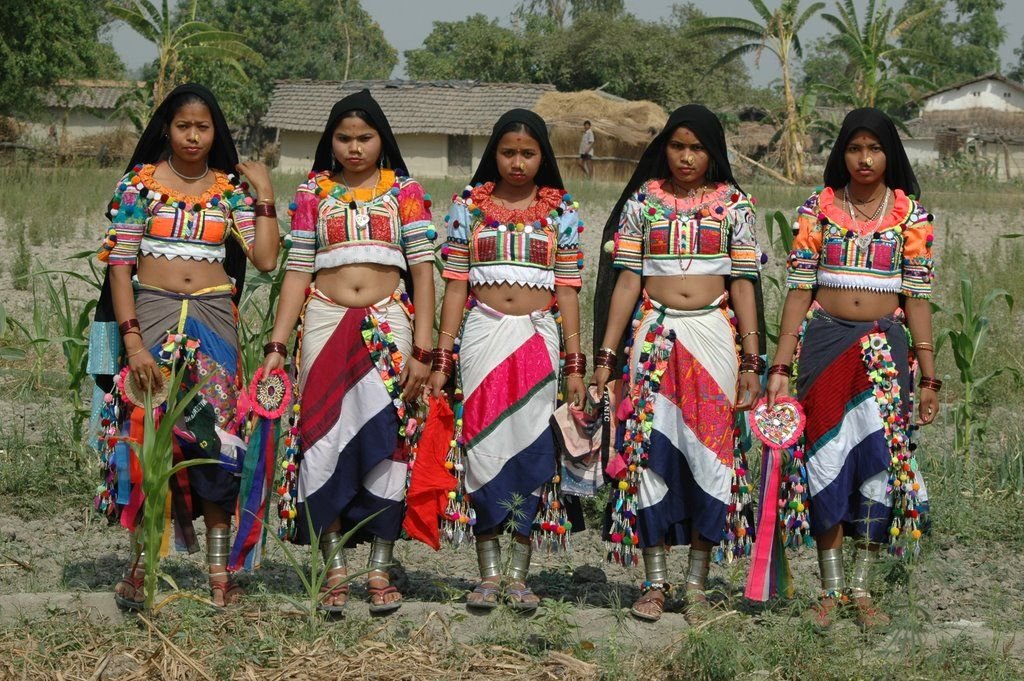Unsung heroes of Nepal’s tiger recovery

Nepal serves as a global tiger conservation success story. Despite a decade-long civil war, floods and earthquakes, tumultuous politic, the tiger population across the Tarai have witnessed remarkable recovery.
The unsung heroes of this remarkable achievement are Nepal’s indigenous people who live near national parks that are tiger sanctuaries. They are the primary stakeholders, and contributors to conservation who played a central role in Nepal achieving the TX2 goal two years ago of doubling its tiger population before the 2022 target.
However, there is also a pressing need to protect the rights of the indigenous communities, and to ensure that Nepal’s legislation aligns with various international treaties that the country is a signatory to — particularly concerning the rights of indigenous peoples to their land and resources.
This has become urgent as Nepal has seen an uptick in forest-related crimes and with economic losses throughout the country and in major tiger-bearing habitats during the Covid-19 crisis.
These communities, including the Tharu, Bote, and Musahar people, among others who have lived alongside wildlife long before national parks were established, applying their ancestral knowledge to coexist with the natural world. And yet over time, their way of life has been disrupted by curtailed access to natural resources, relocations, and a lack of legislative agency.

There is a false dichotomy that pits indigenous communities against park protection. Nepal formally adopted a protected park management system via the National Parks and Wildlife Conservation Act (NPWCA) in 1973 — a decision made to address the Tarai’s rapid development, in-migration from the hills, and the loss of biodiversity in the preceding years. Rules and regulations were devised to augment conservation priorities, but in the name of protection traditional users’ rights were thrown off balance, and indigenous people were deprived of their ancestral access to natural resources.
In 1993, Buffer Zones were established via the fourth amendment of the NPWC Act. The concept of Buffer Zones gave rise to benefit-sharing mechanisms for communities living around protected areas as a tradeoff for access restrictions. Under these provisions, 30-50% of park revenue would be channeled for community benefits and sustainable use rights for natural resources were also provided.
Buffer zone user committees also allowed impacted communities around parks to engage in formal dialogue with park authorities while also playing an active role in the conservation of natural resources within parks.
While these provisions do not explicitly delineate the role of indigenous people, many community leaders living near tiger-bearing parks have worked within these groups to bring change. One of them is Bhadai Tharu, a well-known conservationist in Khata wildlife corridor in Bardia.
Despite losing an eye in a tiger attack, he continues to lead his community in natural resource protection, inspiring youth and fighting illegal wildlife crime in his area. Recognising the importance of traditional knowledge and leadership of indigenous people in conservation, WWF Nepal, in partnership with the government has also worked with them to develop homestays that celebrate their cultures. These add to their household income, and in turn brought change in attitudes towards tiger conservation.
Despite these steps, Nepal’s legislative model in park protection continues to foster approaches that pit traditional rights of indigenous peoples against natural resource protection. Legislation needs to recognise indigenous people as primary stewards of conservation, while also providing them with traditional user access in response to their contributions.

Although the establishment of buffer zones, revenue sharing, and limited access to resources are steps forward in meeting the needs of local communities that live around the area, they still fall short of providing indigenous people with decision making power.
The Buffer Zone Act only legally recognises fishing rights of traditional communities like the Bote. While informal agreements between park authorities and indigenous communities for use of resources within certain areas exist, not accepting this access as a legal right leaves room for conflict between the Tharu, Bote and Musahar communities and park authorities.
There are also cases of ‘elite capture’ within the Buffer Zone Committees which have marginalised indigenous communities who are the rightful owners and stewards of these protected areas.
Nepal is a signatory to various international treaties and conventions related to the rights of indigenous people, including ILO169, UNDRIP, and article 8j of the CBD — all of which highlight the need for conservation interventions to respect, preserve, and leverage traditional knowledge and practices while also ensuring equitable benefit mechanisms.
However, much work needs to be done to translate the spirit of these treaties on the ground. While there are examples of successful conservation models led by indigenous peoples — the handover of Kanchenjunga Conservation Area being one — a lot more could be done to respond to these examples of conservation co-ownership with legislative agency.
Nepal’s path to TX2 must better recognise the role and contributions of indigenous peoples in doubling the country’s tiger population. Recognition begins with addressing the requirements of indigenous peoples, and expanding a rights-based approach to conservation.
Indigenous people need to be allowed full co-management of the resources in a manner that does not undermine the objective with which the protected areas were established. Sustainable conservation is achieved only when there is a balance between protecting wildlife and safeguarding the rights of indigenous peoples.
Smriti Dahal, PhD, serves as the Gender Equality and Social Inclusion Specialist at WWF Nepal.
Recommended
 A Himalayan High August 15, 2020 akashi Miyahara was Nepal’s tourism pioneer who founded Himalayan Kanko Kitatsu and…
A Himalayan High August 15, 2020 akashi Miyahara was Nepal’s tourism pioneer who founded Himalayan Kanko Kitatsu and…








